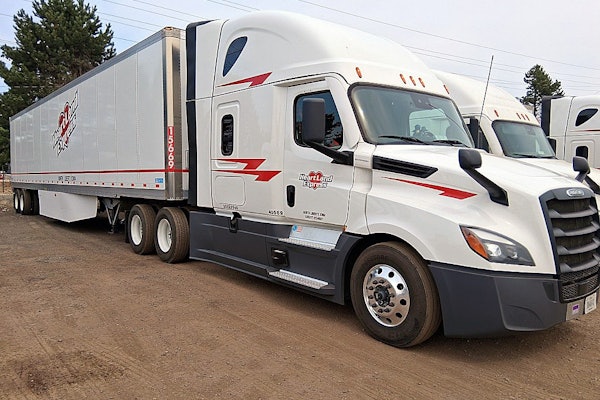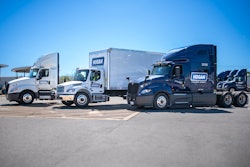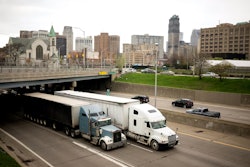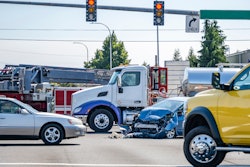During a subcommittee hearing this week, U.S. Sen. Frank Lautenberg, D-N.J., said he didn’t understand why the Federal Motor Carrier Safety Administration proposes to require electronic onboard recorders for only 465 of the nation’s more than 700,000 trucking companies.
In January, FMCSA proposed a rule that would require recorders in the trucks only of those carriers with the worst safety records. “I’m not sure the trucking industry themselves could have written a more favorable proposal,” Lautenberg said Monday, May 1, at the meeting of the Senate surface transportation subcommittee. “We need electronic onboard recorders in every truck on the road to ensure the safety of our truck drivers and our families who travel on the highways.”
In agreement was the chairman of the National Transportation Safety Board, the independent federal agency charged by Congress with accident investigation. Mark Rosenker, whose agency has advocated such devices for 30 years, testified that requiring the recorders in only the least compliant carriers make the devices appear punitive rather than beneficial. “We believe it is past time to act and that the use of EOBRs should be mandatory throughout the industry, as are similar devices required in most of Europe,” Rosenker said.
FMCSA Administrator John Hill testified that the agency is analyzing comments on the proposal. “Any future decisions concerning the rulemaking will be based on our analysis of the comments and data submitted to the docket,” Hill said.
Richard Reiser, executive vice president and general counsel of Omaha, Neb.-based Werner Enterprises, testified on behalf of the American Trucking Associations. “The ATA foresees and supports a future state where certain trucking companies are required to use EOBRs for documenting hours-of-service compliance,” Reiser said. “But given the lack of empirical evidence showing a safety benefit of EOBR use, ATA understands and generally supports FMCSA’s proposed regulatory approach.”
ATA recommends a pilot program designed to prove whether recorders have safety benefits and are cost-effective, Reiser said. Also, the basic performance specifications for recorders should be defined clearly, he said.
John Harrison, president of the Commercial Vehicle Safety Alliance, advocated “universal adoption.” “However, it is critically important that the performance specifications for these devices and the oversight of those producing and using them is done in such a manner that enables them to be user-friendly for law enforcement and that there is credibility and confidence in the accuracy of the data,” Harrison said.
Jerry Gabbard, a vice president of recorder maker Siemens VDO Automotive, said the recorders would improve safety, judging from the results in the many nations where they have been required in trucks for years. “However, we have also learned that EOBR systems only achieve their full potential for improved road safety at a low cost if the technical concept of the EOBR system, its infrastructure and enforcement are tailored for the specific needs and goals of the region in which they are being considered,” Gabbard said.
Anne McCartt, representing the Insurance Institute for Highway Safety, said the recorders should be mandatory to “put real teeth in hours-of-service rules and finally begin to curb the deadly problem of fatigued truck drivers.”










